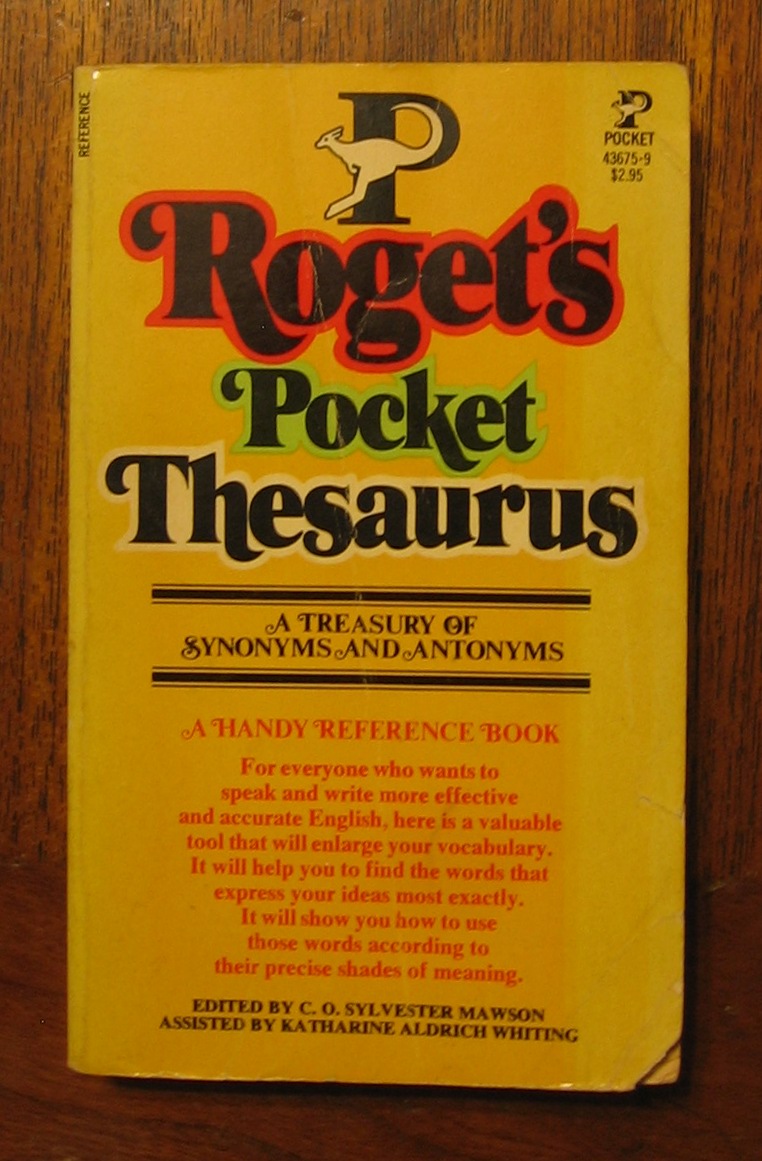Enterprises create data cathedrals with an enforced dogma to control data purity, causing much information to be outside its walls where informal information bazaars thrive. These information bazaars have suspect quality, uncertain provenance, yet are responsive to users’ needs. Metcalf's law suggests that the benefit gained from integrated information grows geometrically1 with the number of data communities that are integrated. How can we balance the dogma of the data cathedrals and the spontaneity of the information bazaar?
Enterprise's database cathedrals reflect corporate dogma. Nothing gets changed without approval from high. Change is very slow. New databases orders get integrated only after a considerably long time assuming that the new data is 100% squeaky clean. So there are a lot of databases that are entirely outside the database cathedrals' walls. Badly behaved sources of data might even be excommunicated.
Where does the other data go? It is not as though this other data does not exist, although many would like to pretend it to be so. Instead they are all in the information bazaar. Anyone with any information can set up their own information stall, and store their own data in Excel, Access, anywhere they want. They only specialize in their own data for their own use. This data is pretty good because that is all they need for their business. They share well with others but on a barter basis. In fact the information bazaar is chaotic, but lively, always changing to users’ demands, and a fun place to be.
Why do we have the conflict between the database cathedral and the information bazaars?
The data cathedral offers security, quality, and good provenance. It provides the system of record for users who then should have complete confidence in their decision making. It does this using accurate relational models capturing enterprise information. But a relational model is designed by the cathedral hierarchy based on the closed model: only pure data can be entered into the database; impure data can lead to excommunication.
The information bazaar has few rules of entry. As demonstrated by the web, it allows anyone to say anything about anything (AAA). Even with this deficiency we will regularly search the web to help us with our decision making, not exploring sources that are suspect, and filtering information that we feel lacks accuracy until we end up with information to support our decision.
Can we resolve these conflicting objectives?
Can we expect the cathedral hierarchy to relax its admittance criteria to let in as much of the information bazaar as possible? Somewhat, but we cannot expect miracles.
Can we expect the information bazaar to become more sober and responsible so that it can securely provide information with guaranteed quality and provenance? Somewhat, but we cannot expect an evangelical conversion?
Really this is not optimal, because the benefit of having data integrated grows geometrically with the number of interconnected sources, yet the database cathedral cannot grow because the information bazaar does not meet their purity dogma.
So how can these conflicting objectives be redeemed?
One path to redemption is to unite the information bazaar through a common semantic model. This allows all information to be available within a universal graph (model). Of course some riff-raff will get in, but again that is an advantage for the semantic model as you can also declare rules that will verify the accuracy of the data even though it is already stored.
At the same time the data cathedral can continue to expand, hopefully at faster pace, by integrating those graphs that meet their criteria.
However we allow users to access both the data cathedral, from where they can obtain the system of record, and information bazaar. We could even report results federating form the two data-sources annotating that information from the information bazaar with its provenance and hence less certain data quality. Doing this in a standards compliant way turns existing enterprise information resources into connectable, responsive and interoperable semantic assets.
Harmony
Using this approach we don’t need to force the data cathedral to relax its dogma, nor do we ask the information bazaar to shut down. Yet we can offer users access to 99% of the enterprise information providing users the 'Metcalf'1 benefits of full integration. As semantic assets grow and connect, they enable a resilient semantic ecosystem of meaningful interactions between people, applications and data irrespective of the differences in structures, data schemas, governance and technologies. The dividing boundaries between the cathedral and the bazaar no longer need to be obstacles to information users. Semantic ecosystem seamlessly embraces and provides integrated access to data cathedrals and information bazaars alike.
1 If I have 10 database systems running my business that are entirely disconnected, then the benefits are 10 * K, some constant. If I integrate these databases in pairs (operations + accounting, accounting + payroll, etc), then the benefits increase to 10 * K * 2. If I integrate in threes, (operations + accounting + maintenance, accounting + payroll + receiving, etc), then the benefits increase four-fold (a corollary of Metcalf's law) to 10 * K * 4. For quad-wise integration my benefits would be 10 * K * 8 and so on. Now it might not be 8 fold but the point is there is a geometric, not linear, growth in benefits as I integrate all of my information across my organization.





